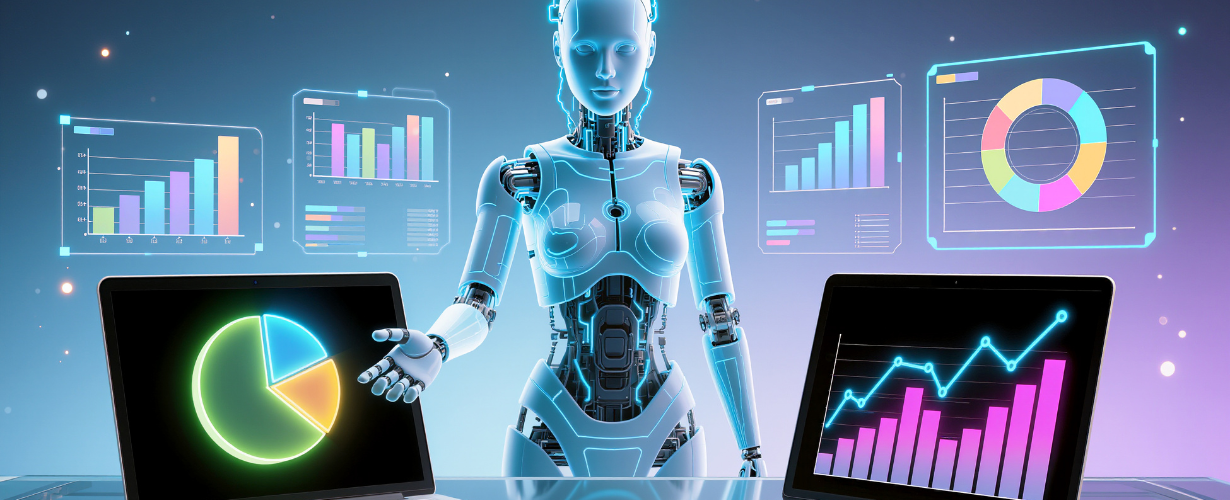Continuing our series on sales industry mega-threats, let’s take up the mishandling of dataData Data is a set of quantitative and qualitative facts that can be used as reference or inputs for computations, analyses, descriptions, predictions, reasoning and planning.. This series was inspired by the fascinating bestselling book by Nouriel Roubini entitled MegaThtreats: 10 Dangerous Trends that Imperil Our Future, and How to Survive Them.
Mishandling of data is a threat to any enterpriseEnterprise Enterprise (in the context of sales) is a relatively large organization typically composed of multiple levels, locations, and departments which need multi-layer software systems that support collaboration across a large corporate environment.—or, for that matter, any organizationOrganization Organization is a cohesive group of people working together and formally bound by a shared identity (e.g., one team, company, club, etc.) and a common purpose (e.g., business growth, athletic victory, etc.). or even a government. Data could be generally defined as “facts or information.” It is used for evaluating situations, creating understanding, and many other functions. Data, in many forms, is what humans communicate to each other.
Data can be harmful in one (or both) of two ways: by being mismanaged or by being inaccurate.
Effects on AI
Former Soviet Union president Mikhail Gorbachev once famously said, “Life punishes those who come too late.” We can apply this to data in that when someone acts upon inaccurate data, it’s a future threat, and rectifying it can definitely come too late. Many consider artificial intelligence a general threat to society. The fact of the matter, though, is that it is only a threat if the data the AI system relies upon is inaccurate or misapplied. And unfortunately, the damage from use of inaccurate data won’t show up until the future.
Artificial intelligence can only take action on the data it accesses. If the data is incorrect, the result can be disastrous. If, for example, an AI system informs a battle group that they should attack an enemy area, but the enemy information the AI program utilizes for analysis is wrong, the attacking force could be headed for defeat.
Basic Data Question: What Happened?
The first goal of data evaluation is usually to isolate “what happened?”
This is evident in the above battle example—the AI program has an objective of analyzing “what happened?” Where did enemy defenses end up being placed? The AI system then uses the resulting analysis to advise the battle group where and when to attack.
Or, taking an example from medicine, let’s say a patient suffers a heart attack. The doctor then requires accurate data on “what happened” with this heart attack to figure out how to treat the person. There are many other medical examples, and if data is accurate and extensive enough, a long-sought cure for a particular disease could even be discovered.
In sales, what are we investigating by asking, “What happened?” We want to know how many leads have been created, how many opportunities have been converted, how rapidly opportunities are moving through the pipelinePipeline Sales pipelineis a visual representation of the stage prospects are in the sales process., and how many opportunities have been closed.
For better-coordinating data, you can use Python for its simplicity and versatility. Outsourcing Python development services not only streamlines your workflow automation but also enhances the efficiency of your work.
In any given sales period, we would also want to know if any customers were lost. In a SaaSSaaS SaaS is an acronym for Software as a Service. business, how much did we gain compared to the number of customers that we lost?
The question of “What happened?” begins all data evaluation.
Now ask, “Why?”
Going further, the question that follows “what happened?” would be “why did it happen?” This is diagnostic.
In the medical example given above, if the data AI is relying upon includes extensive clinical studies covering every possible facet of a particular pathology, the results could be quite positive. We would probably achieve a better outcome than we did with, say, COVID. AI properly programmed might have prevented the many errors that occurred regarding COVID by individuals, companies and politicians. Hospitals incorrectly reported data, leading to vastly inflated figures for COVID-caused deaths. I personally know of one instance in which a person diagnosed with COVID died in a motorcycle accident, but his death was attributed to COVID. People knew this, but because the hospital received some kind of COVID-related bonusBonus A bonus is a gift or additional compensation given on top of the standard pay or fee, often serving as a reward for outstanding performance or for achieving certain business targets., it was reported that way.
The First World War could be analyzed by AI to discover “Why did it happen?” While there are all kinds of pat answers to that question, the total answer is quite complex. The writers of World War I history who lived at the time would already have formed some kind of bias so that data is already tainted.
In sales, if a customerCustomer Customer is an individual or an organization that purchases a product or signs up for a service offered by a business. is lost, we definitely wish to inquire as to “why it happened.” Perhaps the customer lost business. We would want to know “why it happened” if insufficient leads were created—perhaps the website was down, or salespeople had attention elsewhere. With any situation, you cannot remedy an issue or change your strategy if you don’t know what caused the problem.
Now Let’s Analyze What Could Happen
In this stage, let’s have a look at how we could turn our attention in a positive direction. This would be: what could happen? If the data is correct, and we remove any possible interference to correct analysis, analyzing what could happen could leadLead Lead refers to a prospect or potential customer (who can be an individual or organization) that exhibits interest in your service or product; or any additional information about such entity. us toward predictive analyticsPredictive Analytics Predictive Analytics refers to the field or tool that uses historical data, statistical models, emergent trends and other information to formulate an informed forecast about the future, usually with regards to the performance, growth, or feasibility of a business.. What would happen if we do something? What would happen if we don’t do something?
For example, if we could equip AI with the right data points, we might finally succeed in earthquake prediction in regions where they threaten. Or forecast occurrences when it comes to other environmental issues such as climate change.
In sales, discovering “what could happen” requires marketingMarketing Marketing is the field, set of actions, or practice of making a product or service desirable to a target consumer segment, with the ultimate aim of effecting a purchase. and sales scenarios. What could happen if you introduced a new productProduct Product refers to anything (an idea, item, service, process or information) that meets a need or a desire and is offered to a market, usually but not always at a price.? What could happen if you launched a new campaign?
Now, What Should Be Done?
And finally, we should be led by by accurate and adequate data to conclude with what should we do? Such a question moves us from a reactive to a proactive stance concerning data.
An example would be the global problem of food shortages, especially impactful on children. AI, provided with accurate and adequate data, could lead us to distribute better what would otherwise be wasted food.
In sales, AI could provide options based on available accurate data to answer the question, “What we should do?” For example, suppose you know how many leads you need to feed into the pipeline to make a particular quotaQuota Quota is a predefined benchmark indicating the amount of sales a selling unit such as a sales rep or a regional sales team should achieve within a given period, often used as a measure of success, performance and eligibility for commissions and other rewards.. In that case, you might learn from AI that your weakness is not in the closing of opportunities, the speed of opportunities through the pipeline, or even the conversionConversion Conversion is the process of turning a target consumer into a paying customer; or more generally, the point at which a user performs a specific action favorable to a marketer or a seller. of leads to opportunities, but the fact you don’t have enough leads coming in.
You may not have set enough meetings, or perhaps they were set, but prospects didn’t arrive, so the meetings didn’t occur. The solutionSolution Solution is a combination of ideas, strategies, processes, technologies and services that effectively helps an organization achieve its goals or hurdle its challenges. might be to set up automatic meeting reminders for your prospects. With Pipeliner, these could be automated.
Answers to “What should we do?” lead us to prescriptive analyticsAnalytics Analytics is the active study of different types of data with the aim of discovering meaningful patterns and translating these into insight (such as historical analyses and forecasts), or action (such as those intended to improve business performance)..
Data in CRM
AI is used within many of today’s CRM systems to help predict sales. This will become increasingly true in the future. If the data used to guide and predict sales is incorrect, sales and the overall industry will suffer. For example, a company should have accurate data on the amount of time it usually takes for an opportunity to make it through the sales process to a close. If this data is not correct, every single opportunity could be mispredicted.
Mismanaged and inaccurate data is a true mega-threat for sales. Increasing numbers of sales solutions will be released as time goes by. No matter their efficiency, their power relies squarely upon data accuracy.
Get That Data Straight
We will continue to be misled if we fail to become honest, smarter, and more transparent about data. If data is complex, we’ll constantly be heading in the wrong direction, running into the fire instead of running away from it, or jumping into an erupting volcano—all because of incorrect or mismanaged data.
It is my firm belief that one area of AI which must be strongly regulated is data accuracy.
In short—make sure that data is correct!





